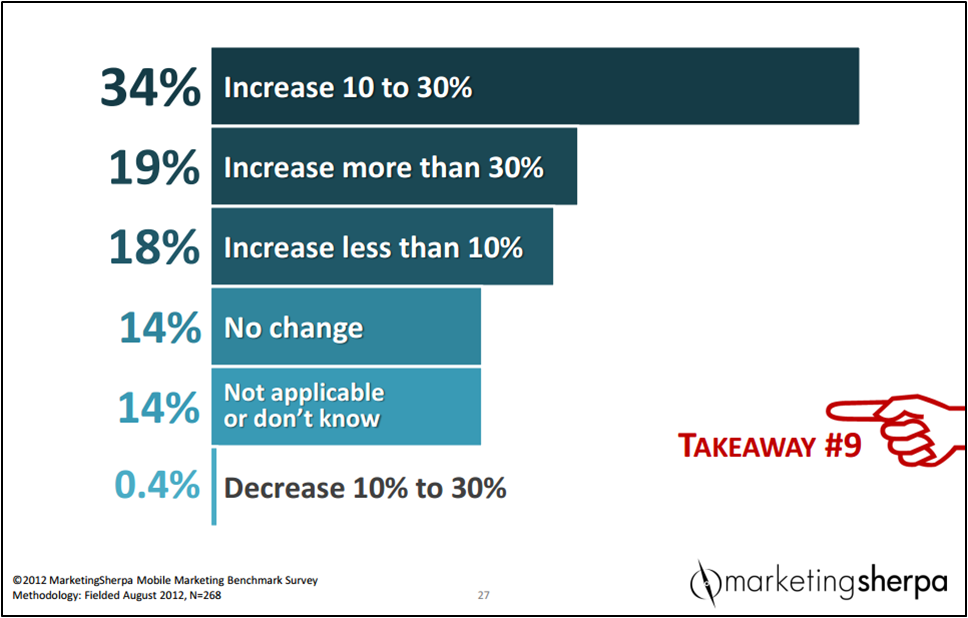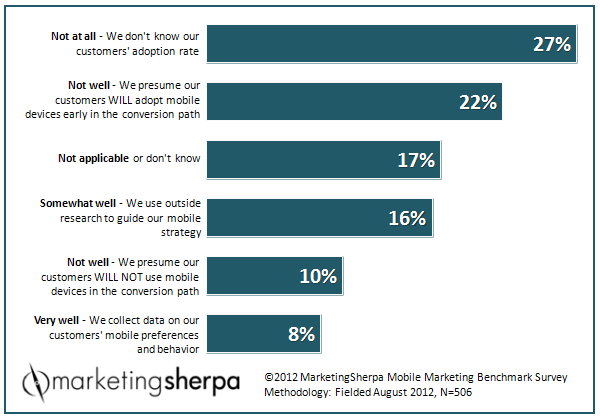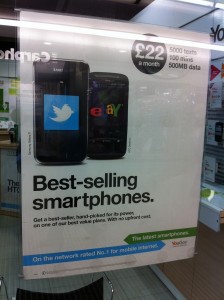Mobile Marketing: Use video content as a tactic to engage your customers
In the MarketingSherpa 2012 Mobile Marketing Benchmark Report (free excerpt at that link), we asked …
Q: How much do you expect your organization’s mobile marketing budget to change from 2012 to 2013?
A combined 71% of respondents said they would see budget increases, with over half of those reporting increases seeing more than 10%.
While this is great news for many marketing teams, it’s also a tough challenge: Mobile is still a new channel with several unknowns. So today’s MarketingSherpa blog post will share our discoveries in the hopes that our findings can aid your strategy planning efforts for the upcoming year.
I sat down with Benjamin Filip, Research Manager, Data Sciences, MECLABS, and a lead data analyst for the report, for a look at what we can learn from the data to help you get the best use of your (hopefully bigger) mobile budget.
“It really depends on what an organization’s goals are,” Benjamin said. “Some factors to consider in planning how to spend a bigger budget are usage, effectiveness and difficulty.”
According to the data below, from the 2012 Mobile Marketing Benchmark Report, when comparing the factors of usage, effectiveness and difficulty, we can find some good opportunities. For example, our respondents reported “Includes video content” as a highly effective tactic that is not very difficult to implement, yet it is not highly utilized.











